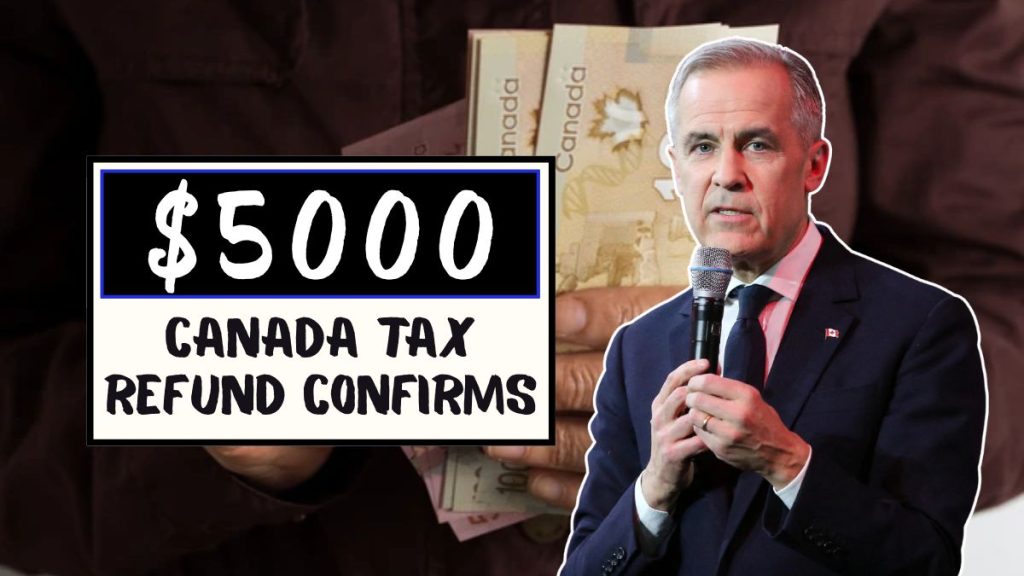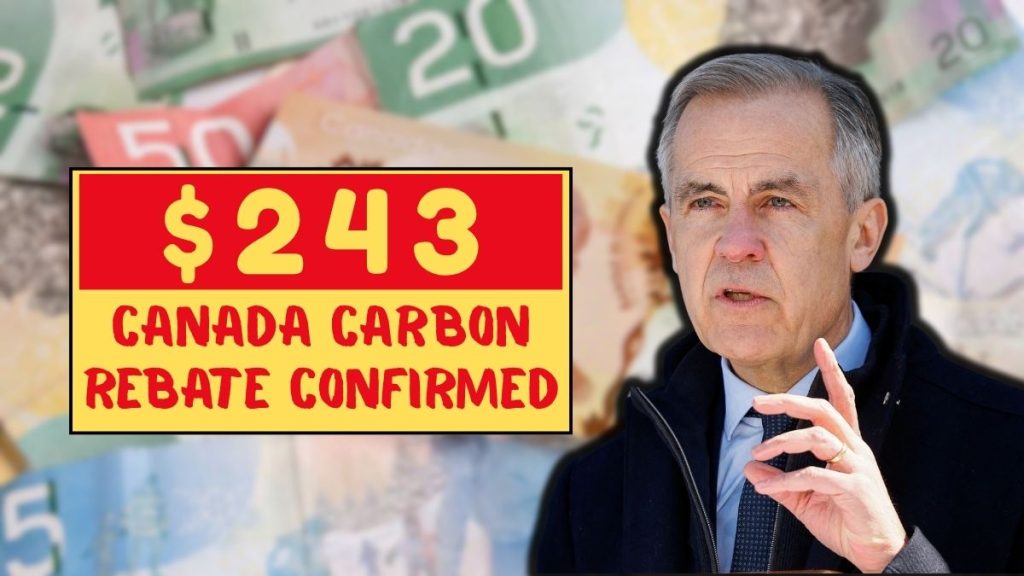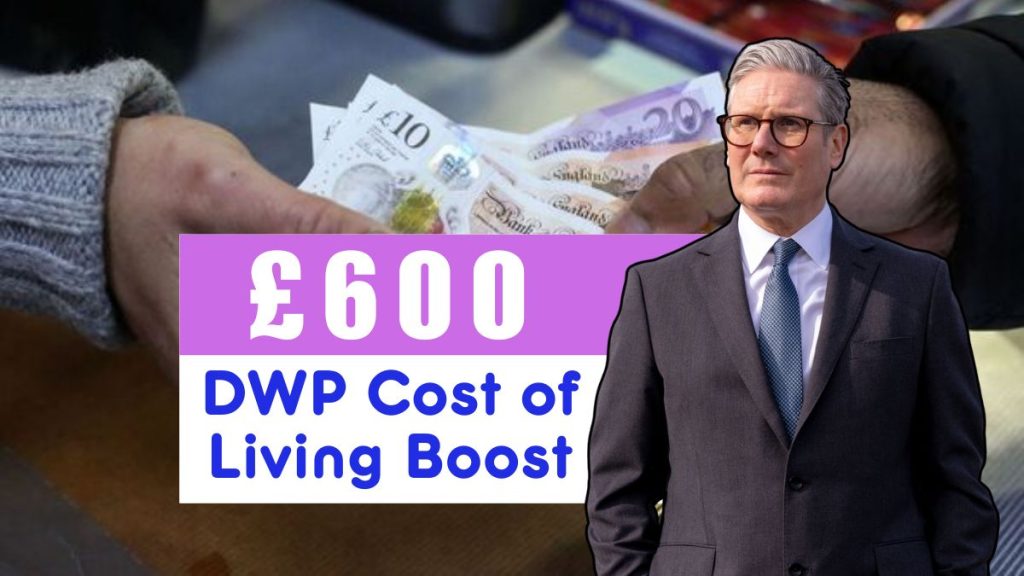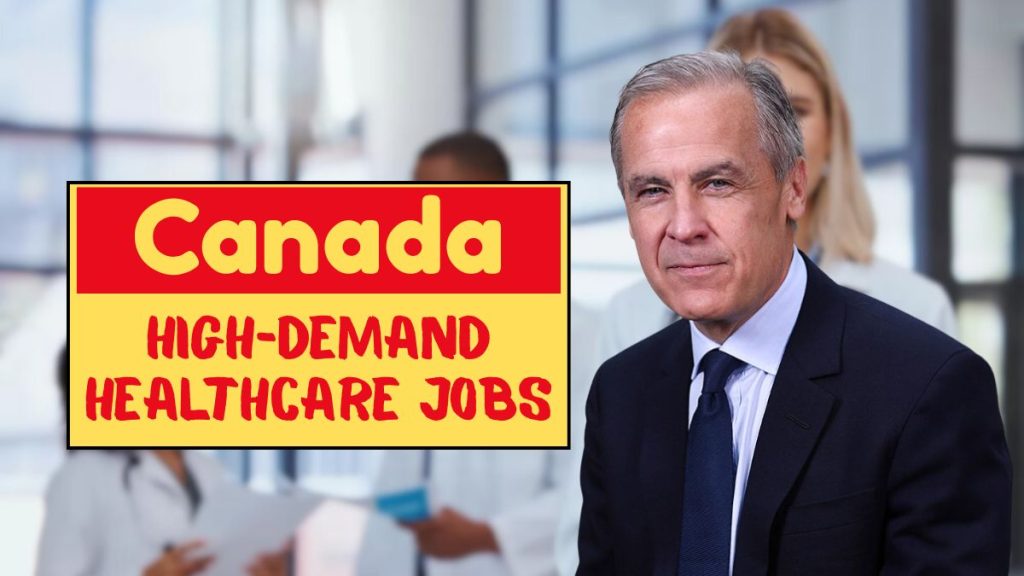If you’ve been scrolling TikTok, Facebook, or WhatsApp groups lately, you’ve probably seen headlines claiming that Canadians will receive a $2,000 CRA direct deposit in October 2025. It sounds exciting — who wouldn’t want two grand dropping into their bank account? But here’s the reality: it’s not true.
While the rumor is spreading fast online, no official statement from the Canada Revenue Agency (CRA) or the federal government confirms such a payment. Instead, there are scheduled, verified benefits like the GST/HST Credit and the Advance Canada Workers Benefit (ACWB) arriving this October. Knowing what’s real, what’s rumor, and how to check eligibility can help you plan your finances smartly.
Why the $2,000 CRA Direct Deposit Rumor Spread
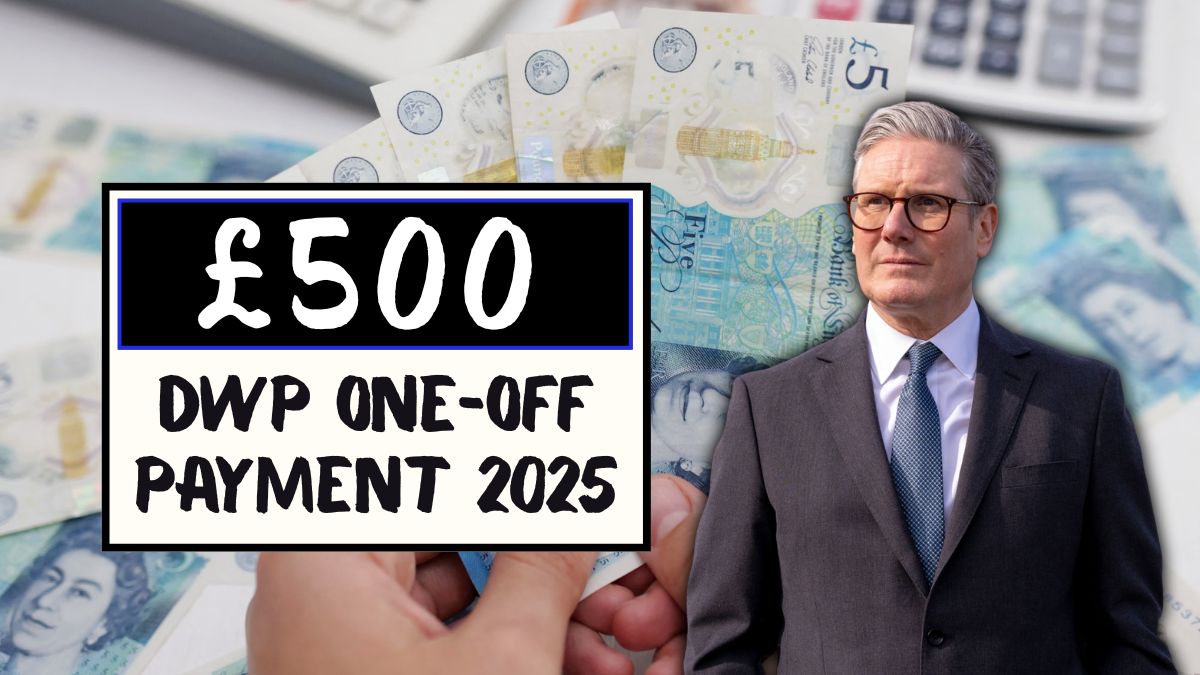
The $2,000 number isn’t random. It’s tied to memories of the Canada Emergency Response Benefit (CERB), which gave eligible Canadians $2,000 per month during the pandemic. CERB ended long ago, but the figure stuck in people’s minds.
Add in the fact that Americans received multiple stimulus checks during COVID-19, and it’s easy to see why Canadians might believe another round of cash is coming. Unfortunately, there is no official confirmation of a new $2,000 deposit in 2025.
What’s Really Coming in October 2025?
While the $2,000 rumor is false, Canadians do have confirmed CRA payments scheduled:
GST/HST Credit – October 3, 2025
- A tax-free quarterly benefit to help low- and modest-income households offset GST/HST costs.
- Average annual benefit in 2023–24: about $496 for single adults, higher for families with children.
- Over 11 million Canadians received this credit last year.
Advance Canada Workers Benefit (ACWB) – October 10, 2025
- A refundable tax credit for low-income workers.
- Single workers can receive up to $1,518 annually.
- Families may get up to $2,616 annually.
- Paid in three advance installments, one of which lands in October.
Other Ongoing Programs
- Canada Child Benefit (CCB): Monthly support for families with children under 18.
- Old Age Security (OAS): Monthly pension for seniors 65+.
- Guaranteed Income Supplement (GIS): Extra support for low-income seniors.
These benefits are real, recurring, and targeted — not a flat $2,000 payout.
How CRA Benefits Are Calculated
Unlike the viral claim, CRA benefits are not universal handouts. They are income-tested and depend on your personal situation:
- Income level: Lower-income Canadians qualify for higher amounts.
- Family size: Parents with children may receive CCB in addition to GST/HST credits.
- Age and situation: Seniors often qualify for OAS and GIS.
- Tax return status: You must file taxes to receive most benefits.
Example Scenarios
- A single parent earning $35,000 annually with two children could receive over $7,000/year in combined CRA benefits (CCB, GST/HST, ACWB).
- A retired senior on OAS and GIS may receive over $1,000/month, depending on income.
How to Check Your CRA Payments
To avoid confusion or scams, always verify your payments through official sources.
- Log into CRA My Account – See upcoming benefit payments.
- Review the Benefits & Credits section – Dates and amounts are listed here.
- File taxes annually – Without filing, CRA cannot calculate or release benefits.
- Keep details updated – Make sure your banking and mailing information are current.
CRA Scams and How to Stay Safe
Scammers often take advantage of viral rumors like the $2,000 CRA deposit. In 2023, Canadians lost over $531 million to fraud, with many cases linked to fake CRA messages.
Common Scam Tactics
- Texts promising “bonus CRA deposits.”
- Phone calls demanding immediate “tax debt” payment.
- Phishing emails asking for SIN or banking info.
How to Protect Yourself
- CRA will never request payment via gift cards, Bitcoin, or e-transfer.
- Only use CRA My Account to check benefits.
- When in doubt, call CRA directly at 1-800-959-8281.
- Report fraud attempts to the Canadian Anti-Fraud Centre.
Practical Budgeting Tips for October Payments
Even without a $2,000 lump sum, upcoming CRA benefits can make a difference if used wisely.
- Cover essentials first: Prioritize rent, food, and utilities.
- Tackle high-interest debt: Use part of payments to reduce credit card balances.
- Build an emergency fund: Even small amounts add up over time.
- Plan for seasonal expenses: Save for heating bills or holiday costs.
- Think long-term: Consider contributing to RRSPs or TFSAs.
How Canada’s Approach Compares to the U.S.
Many Canadians compare benefits to U.S. stimulus checks, but the systems differ.
- United States: Flat, broad stimulus payments during COVID-19.
- Canada: Targeted, ongoing support programs like CERB, CCB, GIS, OAS.
The Canadian model focuses on long-term needs-based support rather than one-off lump sums.
Frequently Asked Questions (FAQs)
Q1. Is there a $2,000 CRA direct deposit in October 2025?
No. There is no official confirmation of a $2,000 CRA payment. The claim is a social media rumor.
Q2. What payments are actually scheduled for October 2025?
The GST/HST Credit (Oct 3, 2025) and the Advance Canada Workers Benefit (Oct 10, 2025) are confirmed.
Q3. Why do people believe the $2,000 rumor?
It stems from memories of the pandemic-era CERB program, which paid $2,000/month, and comparisons to U.S. stimulus checks.
Q4. How can I check if I’m eligible for CRA benefits?
Log into CRA My Account, review the Benefits & Credits section, and ensure your taxes are filed.
Q5. What should I do if I get a suspicious CRA message?
Do not click links or share information. Verify through CRA My Account or call the CRA directly. Report scams to the Canadian Anti-Fraud Centre.









